Karan Anand, Director, Product Management, Networks Enterprise, Intelsat
Customer Challenge
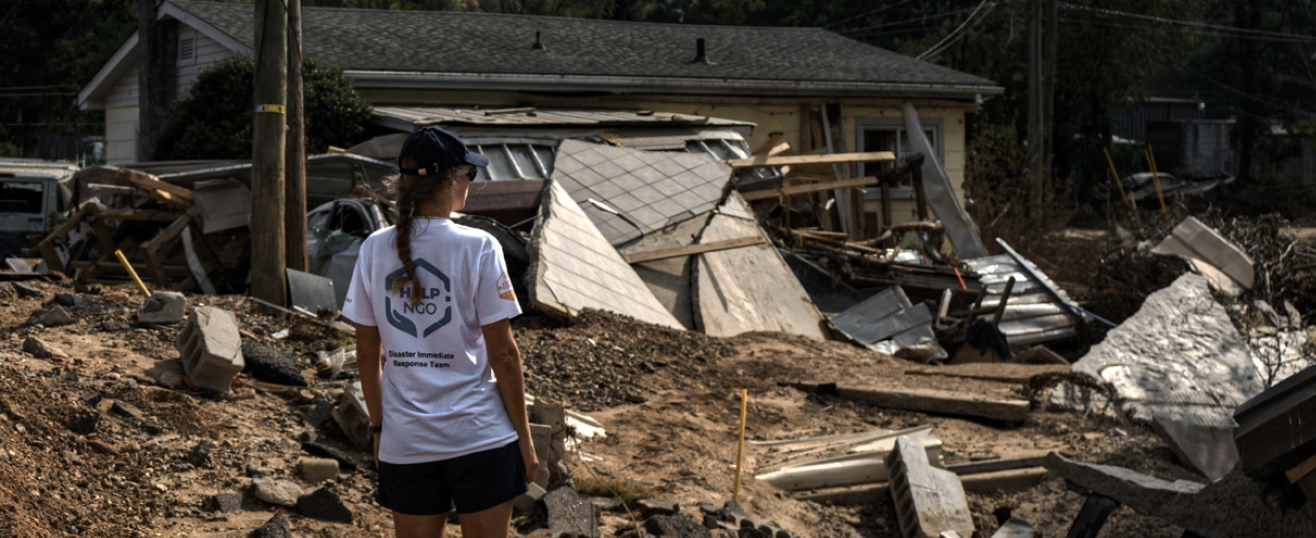
When Hurricanes Helene and Milton struck the southeastern United States in quick succession in 2024, they left widespread devastation across Florida, Georgia, and North Carolina.
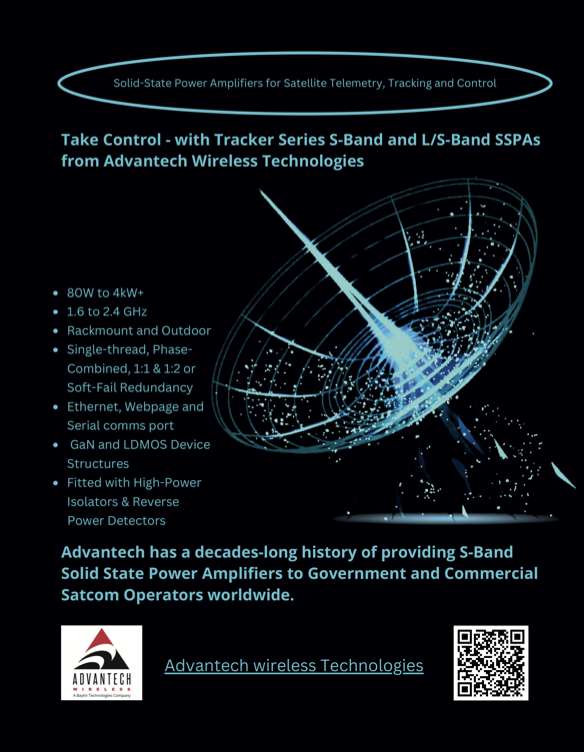 Downed power lines, collapsed cellular infrastructure, and flooded roadways hindered emergency responders’ ability to coordinate and communicate during the crucial early hours of the disaster response. With countless residents displaced and critical infrastructure offline, real-time connectivity was essential to ensure situational awareness, deploy resources, and save lives. Help.NGO—a longtime partner of Intelsat—was among the first on the ground. They needed a highly resilient, mobile communications solution that could be quickly deployed, even in the most remote and damaged areas.
Downed power lines, collapsed cellular infrastructure, and flooded roadways hindered emergency responders’ ability to coordinate and communicate during the crucial early hours of the disaster response. With countless residents displaced and critical infrastructure offline, real-time connectivity was essential to ensure situational awareness, deploy resources, and save lives. Help.NGO—a longtime partner of Intelsat—was among the first on the ground. They needed a highly resilient, mobile communications solution that could be quickly deployed, even in the most remote and damaged areas.
The solution needed to be intuitive enough for non-technical responders to use and reliable enough to support sustained operations through search and rescue, relief, and early recovery efforts.
How Intelsat Helped
Leveraging a decade-long partnership, Intelsat and Help.NGO rapidly mobilized a multi-orbit, satellite communications (SATCOM) solution.
The team deployed a combination of Geostationary (GEO) and Low Earth Orbit (LEO) services using Intelsat’s high-capacity GEO network and Eutelsat OneWeb’s low-latency, LEO coverage. This hybrid approach ensured uninterrupted connectivity—even in the most challenging conditions.
Key technologies included...
Kymeta Hawk™ u8 terminals, donated by Kymeta, which provided comms-on-the-move and on-the-pause functionality for response teams. These units were pre-configured and equipped with active SIM cards, offering higher speeds where cellular service remained available.
Intelsat Portable 30 and Starwin FL30P-E Autopointing antennas, which were lightweight, easy to deploy, and operated via battery power—making them ideal for responders traveling on foot into hard-to-reach areas.
End-to-end support, with Intelsat’s Network Operations Center (NOC) and Kymeta’s technical teams offering 24/7 assistance to ensure optimal performance throughout the mission.
The Benefits
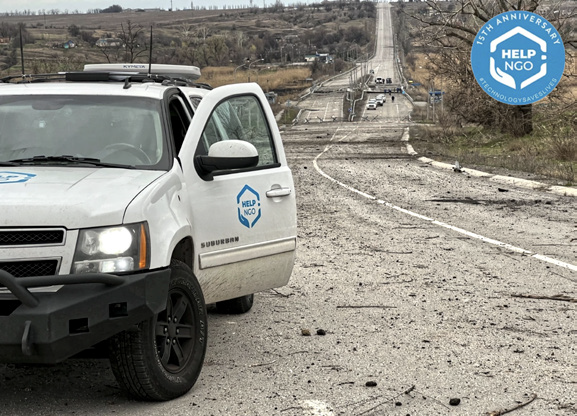
The combined efforts of Intelsat, Help.NGO, and Kymeta enabled first responders to restore connectivity within hours of landfall—providing a lifeline for coordination, resource allocation, and public safety communications.
Relief workers reported that the simplicity of setup and reliability of service allowed them to focus fully on life-saving operations, without needing specialized training or technical troubleshooting in the field.
Crucially, enabled by Intelsat’s satellite connectivity, Help.NGO deployed advanced situational awareness and communications tools built to run securely and efficiently on the Amazon Web Services (AWS) cloud.
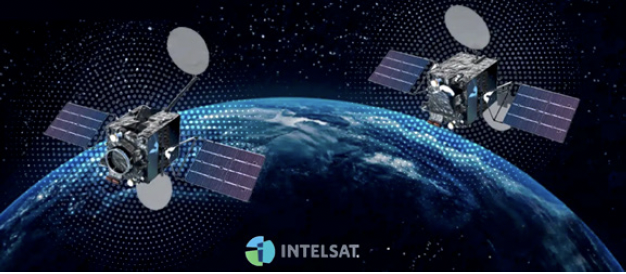 These cloud-based solutions empowered responders—including Help.NGO teams—to communicate, track assets and personnel, and coordinate with command centers and partner organizations in real time, even in low-bandwidth or remote environments.
These cloud-based solutions empowered responders—including Help.NGO teams—to communicate, track assets and personnel, and coordinate with command centers and partner organizations in real time, even in low-bandwidth or remote environments.
By leveraging the scalability and security of AWS, the response teams were able to maintain seamless operations and adapt quickly as conditions changed on the ground.
Beyond the immediate impact in hurricane-affected communities, this deployment validated the scalability and agility of multi-orbit satellite communications for global humanitarian missions.
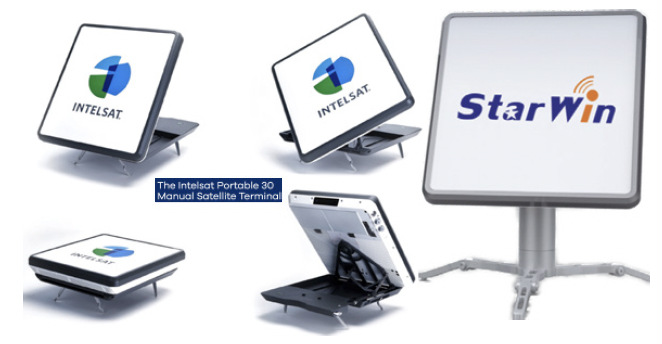 Help.NGO has since extended these solutions to other crisis zones, including the 2024 California wildfires, where VSAT and private 5G equipment from Intelsat are now supporting fire suppression and recovery.
Help.NGO has since extended these solutions to other crisis zones, including the 2024 California wildfires, where VSAT and private 5G equipment from Intelsat are now supporting fire suppression and recovery.
The Impact
The partnership between Intelsat and Help.NGO continues to redefine what’s possible in disaster response. Together, they are proving that with the correct technology and teamwork, connectivity can be restored swiftly and reliably—no matter how severe the disaster or remote the location.
As climate events grow in frequency and intensity, this collaboration serves as a blueprint for governments, NGOs, and emergency organizations that are seeking to enhance resilience and responsiveness through innovative SATCOM.

Karan Anand Author Karan Anand is the Direector of Product Management in the Networks Enterprise at Intelsat.


